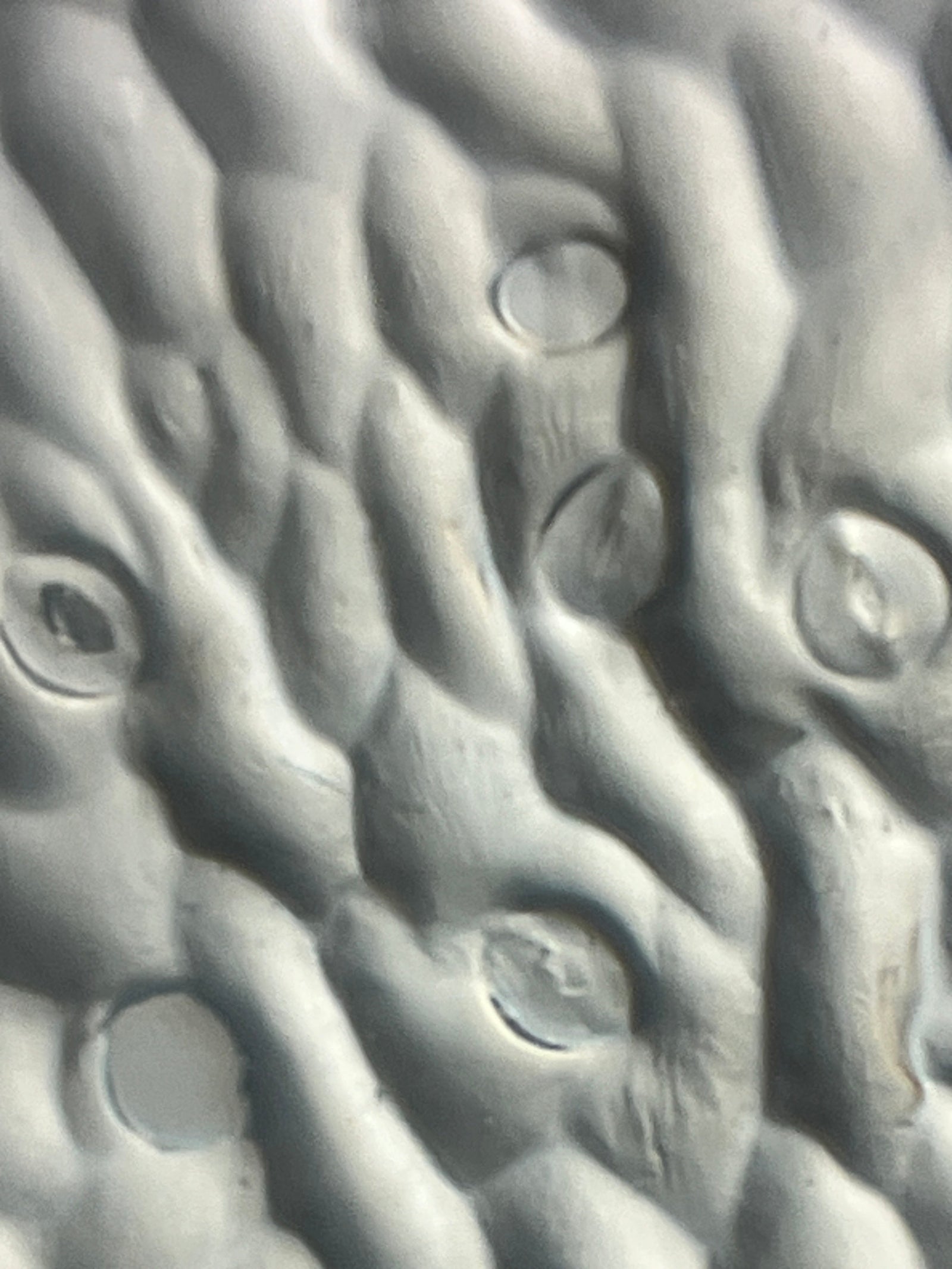Last week we looked at vital stains under the Foldscope to admire their beauty. This week we will learn how vital stains help scientists to better see and study the insides of cells.

How Are Vital Stains Used?
Many cells are transparent and colorless. Histologists (scientists who study tissues and cells) needed a way to increase the contrast between the parts of the cell being studied and the surrounding material. So, scientists turned to the chemical dyes being used in the textile industry to find a way to selectively add color to cellular structures.
As explained in the Vital Stains Part 1 blog, vital stains are salts. When placed in a solution, the dye dissociates (breaks up) into a positive cation and a negative anion. Histologists determined that cell walls, cell membranes, nuclei, DNA, and RNA are negatively charged. When a dye is added to a slide prepared with cells, the positively charged stain molecule binds to the negatively charged structures, which take up the color of the stain. The end result is a highly contrasted color difference between the parts of the cell and their surroundings, making them much easier for scientists to observe.
Vital Stains In Action!
To demonstrate the power of vital stains in helping scientists to better investigate the internal structures of cells, three different foods were put under a Foldscope and photographed before and after methylene blue vital stain was added.
Pepper
Yellow bell pepper slices are delicate and translucent. In Figure 2, there is no strong contrast showing the cell walls between adjacent cells. Lines can be seen, but the cell walls are not well defined. Figure 3 however, clearly shows the dark blue lines of the cell walls. The methylene blue even revealed some nuclei inside the cells!


Carrot
The cell walls of the carrot are challenging to see in the unstained sample. The unstained image of the carrot slice is similar to that of the pepper. With the methylene blue stain added, the cells are much easier to see. The stain makes it look like the individual cells are outlined in pen.


Onion
Unlike the pepper and carrot, onion cells are large and relatively easy to see, but it can be challenging to see the nucleus inside. Adding the stain, regardless of which one, clearly defines the cell walls and the nucleus making both structures easy to see and identify.


Have fun exploring different stains and slide samples with your Foldscope! Share your microscopic images on the Microcosmos and use social media to tag us with the results of your explorations, creations, and discoveries! We love to see how Foldscopers around the world are using their Foldscopes in new and innovative ways!
Facebook: @Foldscope
Twitter: @TeamFoldscope
Instagram: @teamfoldscope
Sources:



